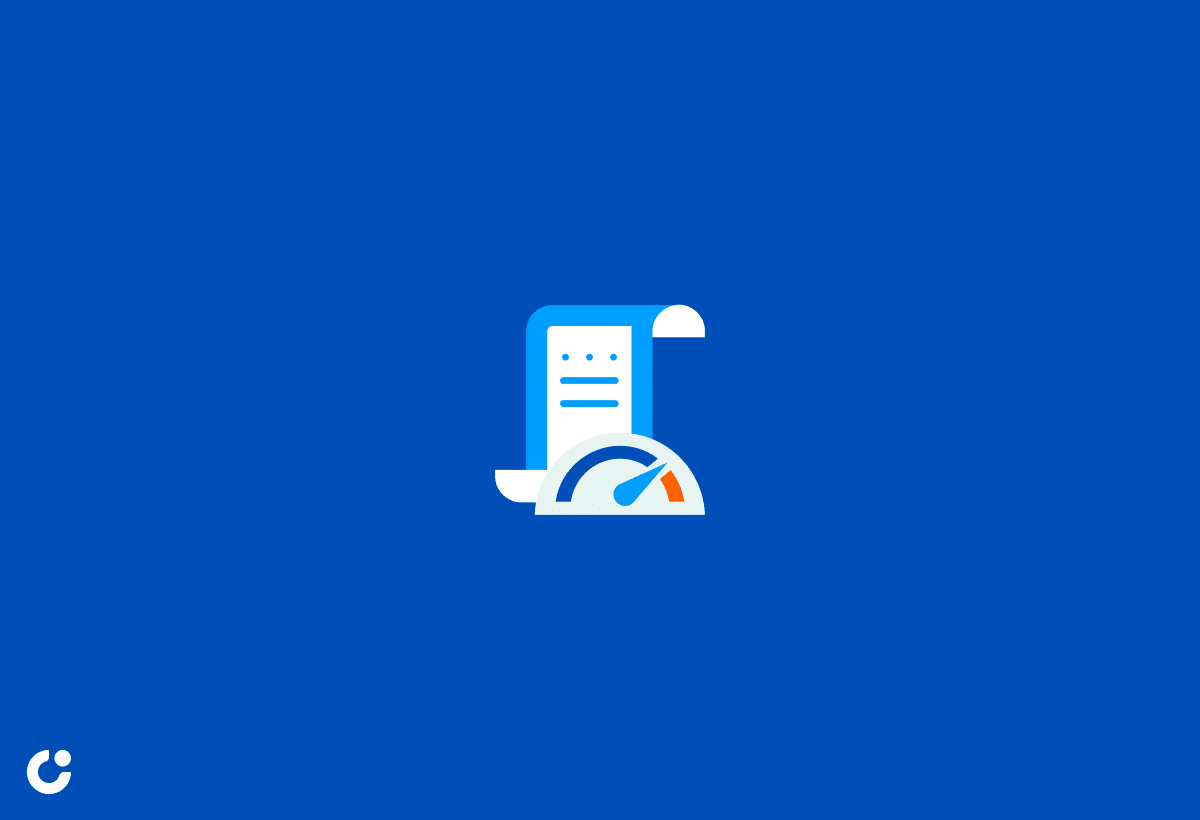Cold email campaigns have the potential to bring incredible results when executed correctly. Imagine achieving an average return of $36 for every dollar spent! But to unlock this potential, it’s essential to understand and monitor key performance indicators (KPIs) and implement effective strategies.
In this guide, you’ll learn about the importance of cold email KPIs, essential metrics to track, and how to optimize your campaigns for success. Get ready to maximize your cold email ROI!
Key Takeaways
- Understanding and tracking cold email KPIs is essential for optimizing campaigns and achieving maximum ROI.
- Strategies such as personalization, A/B testing, list maintenance & follow-ups can help improve KPIs & maximize campaign success.
- Email marketing platforms, CRM systems & third party analytics tools provide features to track metrics for improved outcomes.
Understanding Cold Email KPIs: Why They Matter
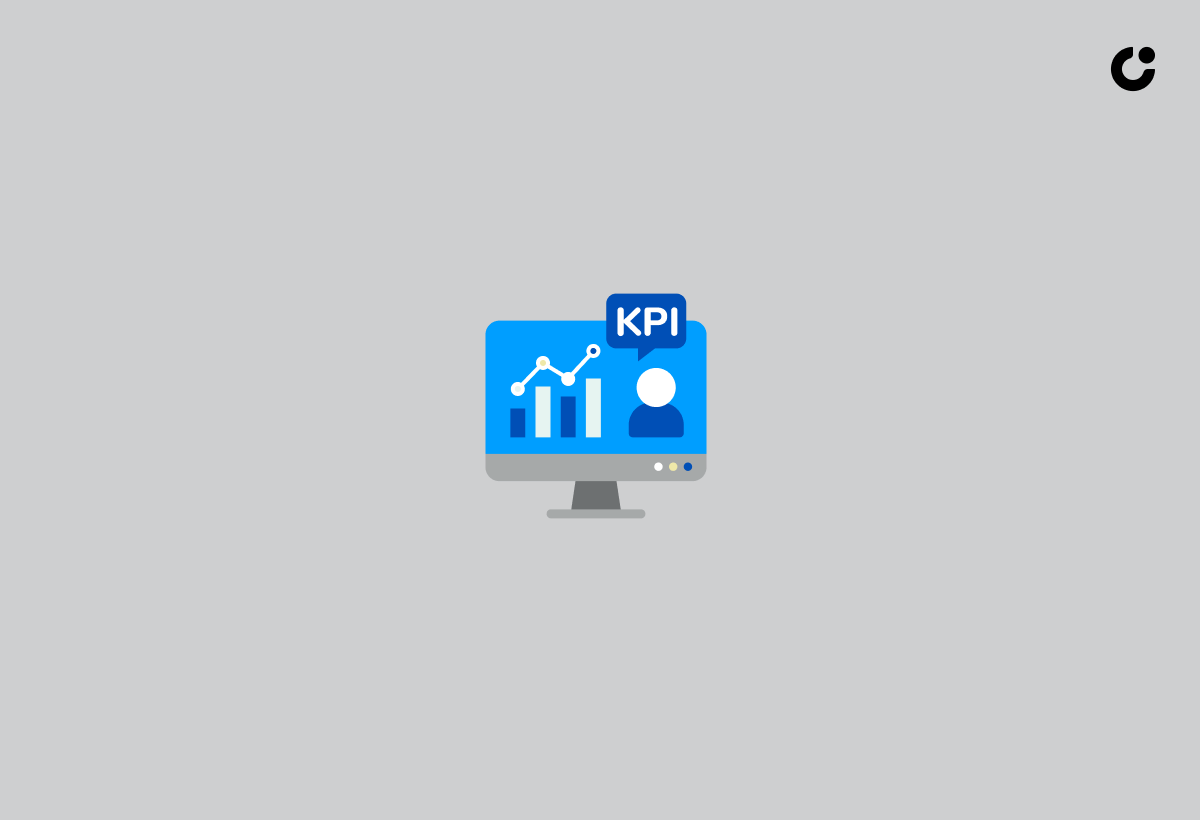
Data-driven optimization is a key element in ensuring the success of cold email campaigns. By keeping an eye on key performance indicators (KPIs), one can gauge campaign performance and make data-backed decisions to enhance forthcoming initiatives. For example, a low open rate might suggest that your subject lines aren’t resonating with your target audience, while a high spam complaint rate could indicate that you’re sending emails to the wrong people.
KPIs provide tangible metrics, serving as a reliable measure of a cold email campaign’s performance. Tracking KPIs like open rate, reply rate, and conversion rates helps evaluate the performance of subject lines, sales pitches, and offers, allowing you to optimize and enhance your campaigns for improved outcomes. Ultimately, tailoring your cold email campaigns according to KPIs can boost your return on investment (ROI).
The difference between cold emails and spam

Cold emailing and spam are often confused, but they are fundamentally different. Cold emailing aims to initiate a dialogue with potential customers, while spam emails are unsolicited, mass-distributed messages sent without the recipients’ consent and typically with malicious intent. The key distinctions between the two lie in their:
- Intention
- Value
- Inbox placement
- Legal implications
Cold emails are purposeful and adhere to best practices, intending to provide value to the recipient and foster a relationship. They are carefully composed, often tailored, and present a distinct value proposition. On the other hand, spam emails lack personalization, are irrelevant, and often contain promotional content.
Legitimate cold emails are more likely to be delivered to the primary inbox, while spam emails usually end up in the spam folder. Importantly, cold emails, when done correctly, are not considered spam from a legal standpoint.
The role of KPIs in optimizing cold email campaigns

Keeping track of and examining KPIs such as:
- Delivery rate
- Open rate
- Click-through rate
- Reply rate
is key to refining your cold email campaigns. Observing these metrics will help pinpoint areas requiring enhancement. For instance, if you notice a low open rate, it could be a sign that your subject lines need refining or that the timing of your emails needs adjustment. Similarly, low click-through rates might be attributed to inadequate email content or layouts.
A/B testing is another powerful tool to optimize cold email campaigns. It involves sending out two versions of the same email with one element varied (e.g., subject line, CTA, or content) to see which version yields better results. By experimenting with different email elements and analyzing the data, you can make informed decisions that lead to higher open rates, click-through rates, and conversions.
Essential Cold Email KPIs to Monitor for Success
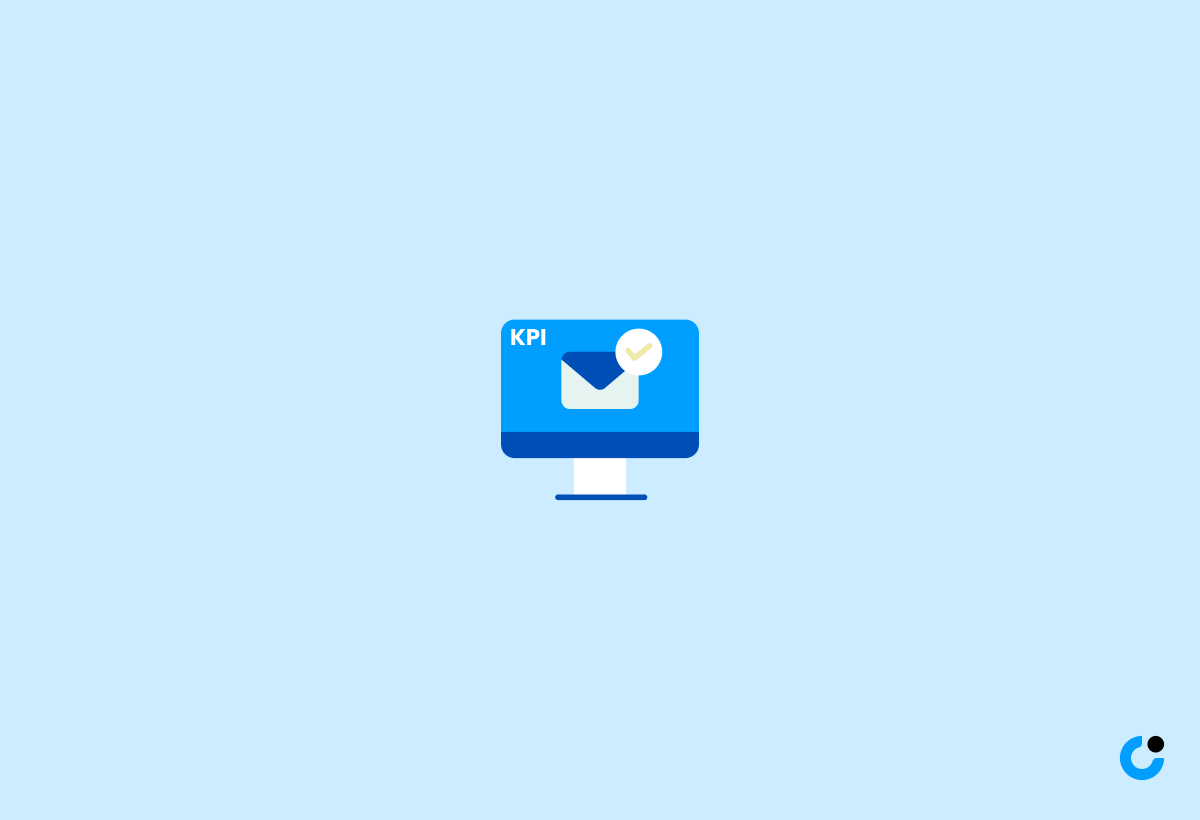
Monitoring the following key KPIs is pivotal to the success of your cold email campaigns:
- Delivery rate
- Open rate
- Click-through rate (CTR)
- Reply rate
- Conversion rate
- Unsubscribe rate
Evaluating these metrics consistently will help you identify potential improvements, thereby refining your campaigns for enhanced outcomes.
Delivery Rate

Delivery rate is a vital KPI, as it indicates whether your emails are reaching their intended recipients and avoiding high bounce rates. A low delivery rate can have severe consequences, such as damaging your domain reputation and even leading to blacklisting. The delivery rate is determined by a simple formula. We divide the number of emails delivered by the total number of emails sent. A typical bounce rate for delivery rate is 2% or lower, and any rate above 5% should be considered a warning sign.
Maintaining an up-to-date and clean email list is key to sustaining a high delivery rate for your email account. This means removing non-existent email addresses, inactive subscribers, and users who have marked your emails as spam. Regularly cleaning your email list can help improve deliverability and engagement, leading to better overall campaign performance.
Open Rate

Open rate, a crucial KPI for cold email campaigns, measures the impact of your subject lines and the overall engagement with your emails. A high open rate suggests that your subject lines are captivating and efficient, while a low open rate indicates that there might be an issue with the “from” or subject line of the email.
To improve your open rates, you might consider:
- Refining and experimenting with your subject lines
- Personalizing your emails
- Segmenting your email list
- Testing different send times
- Using A/B testing to compare different approaches
By implementing these strategies, you can increase the effectiveness of your cold email campaigns and improve your open rates.
Nonetheless, bear in mind that open rates are subject to variation based on the industry and your specific target audience. Therefore, it’s crucial to compare your open rate to that of your specific industry to accurately evaluate your campaign’s performance.
Click-Through Rate (CTR)
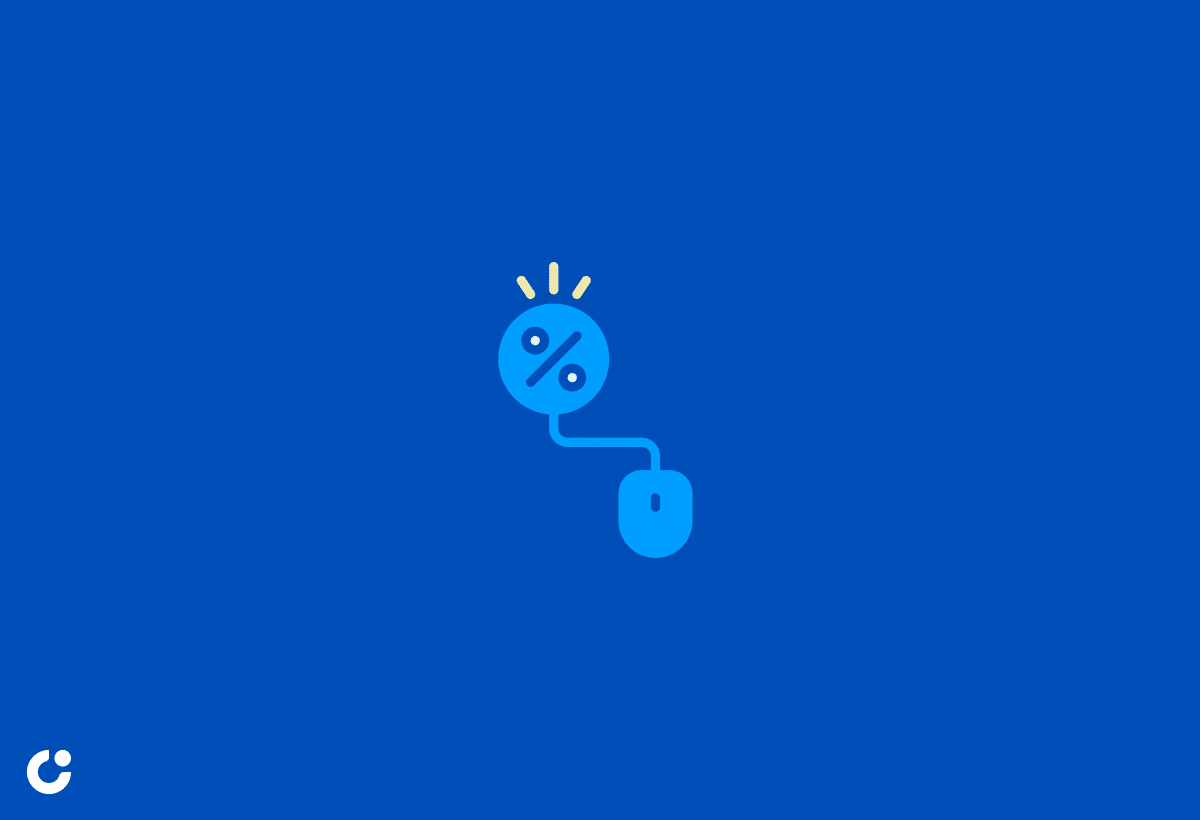
Click-through rate (CTR) quantifies the proportion of recipients who engage with a link or call-to-action in your email. It’s vital for understanding how well recipients are interacting with your email content and whether your messaging is successful in capturing their attention and motivating them to take action. A CTR above 25% is considered to be good. Anything above 37% is seen as a successful campaign..
If you notice a low CTR, it might be time to reevaluate your email content and layout. Consider testing different layouts, images, or CTAs to see which elements resonate best with your audience and drive higher click-through rates. By optimizing your email content, you can increase engagement and ultimately achieve a higher ROI for your cold email campaigns.
Reply Rate
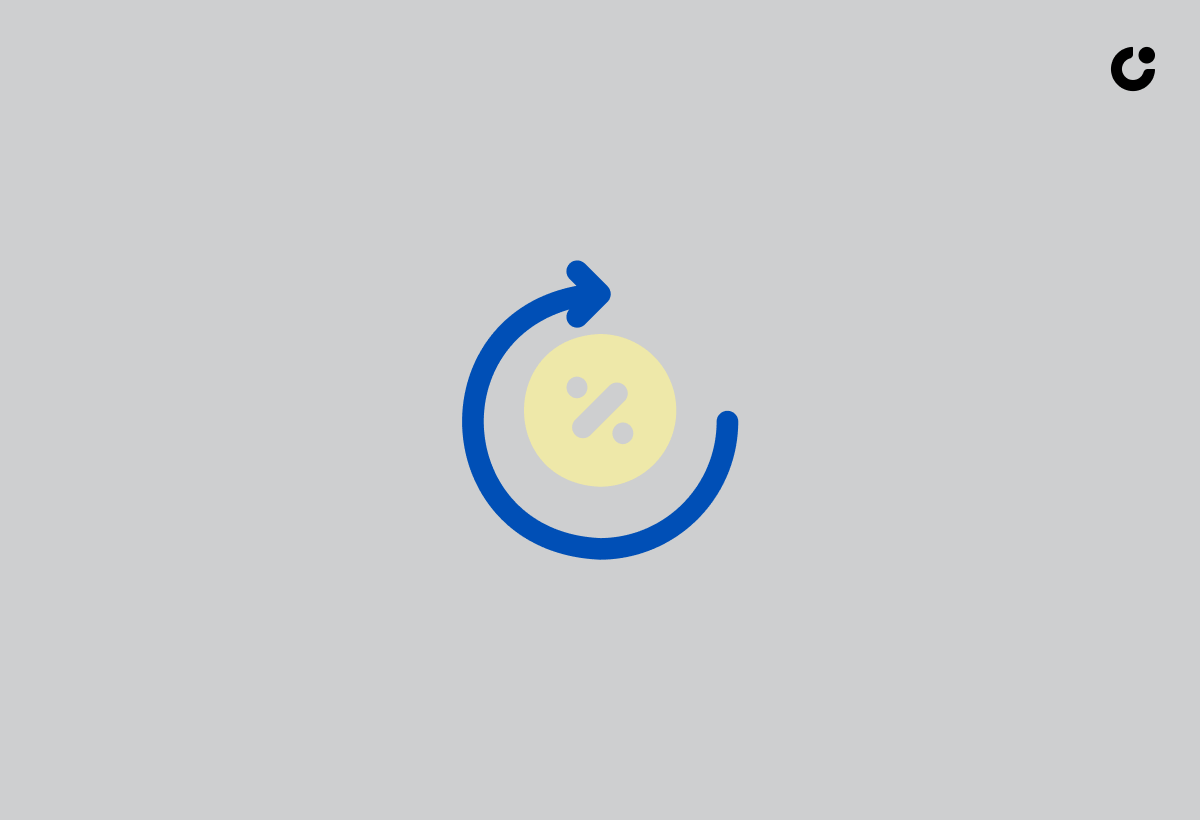
Response rate, a significant metric in cold email campaigns, reflects the degree of relevant engagement and interest your messages incite. A high response rate suggests that your sales pitch is resonating with your target audience, while a low response rate could signal that your messaging isn’t connecting with the right prospects. It’s generally recommended to aim for a response rate of at least 15%.
Enhancing your reply rate might involve:
- Personalizing your emails
- Stratifying your email list
- Fine-tuning your sales pitch
- Sending timely follow-up emails
Through these strategies, you can increase the likelihood of receiving a response and ultimately drive better results for your cold email campaigns.
Conversion Rate

Conversion rate serves as a vital gauge for determining the overall success of your cold email campaign. It represents the percentage of recipients who take the desired action in response to your email, such as making a purchase or clicking on a call-to-action. A good conversion rate for cold email campaigns is typically between 1% and 5%, although the actual rate may vary depending on your offer, email copy, industry, and target audience.
To boost your conversion rate, consider optimizing your email content, layout, and CTAs to better align with your audience’s needs and preferences. Additionally, ensure that your landing pages and other post-click destinations are relevant and optimized for conversions. By focusing on these elements, you can maximize the success of your cold email campaign and drive higher ROI.
Unsubscribe Rate

Monitoring the unsubscribe rate, a key KPI, aids in spotting potential problems with email content or targeting, and in maintaining a robust email list. A high unsubscribe rate could signal that your messaging isn’t resonating with your target audience or that you’re sending emails too frequently. By keeping an eye on this metric, you can make informed decisions about what adjustments need to be made to your email strategy.
To reduce your unsubscribe rate, consider refining your email content, personalizing your messaging, and targeting your emails more effectively. Additionally, make sure to provide an easy way for recipients to opt-out of your emails, as this can help maintain a positive relationship with your audience and ensure that you’re only sending emails to people who are genuinely interested in your offerings.
Strategies to Improve Your Cold Email KPIs
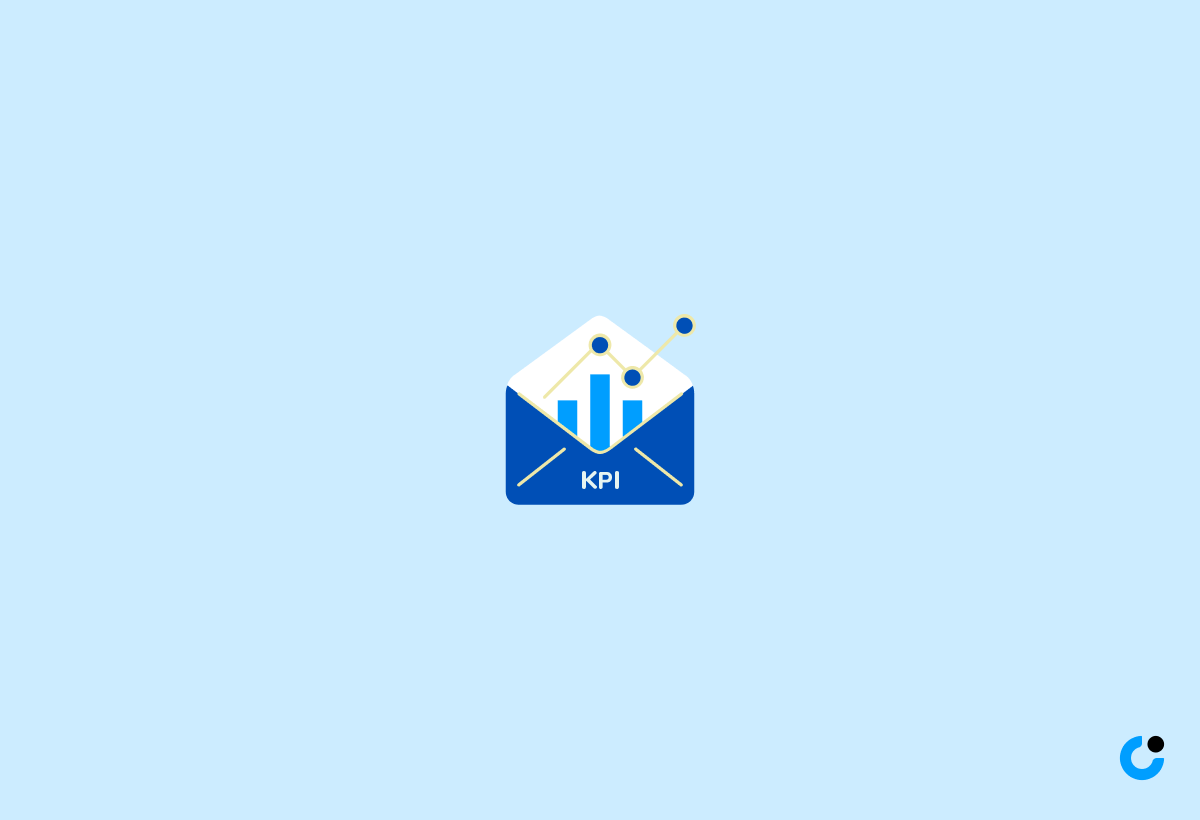
Enhancing your cold email KPIs is paramount to optimizing the success of your campaigns. Personalization, A/B testing, maintaining a clean email list, and following up with leads are all effective strategies for optimizing your cold email campaigns and driving better results.
Implementing these strategies can boost your campaign performance and yield a higher ROI.
Personalization and Targeting

Improving personalization and targeting in your cold email campaigns can markedly elevate recipient engagement and relevance. By incorporating the recipient’s name, company, or other details into your emails, you can make your messages more pertinent and engaging, leading to higher open rates, click-through rates, and conversions. To achieve successful personalization and targeting, it’s essential to create detailed buyer personas, conduct thorough research on prospects and target audience, and utilize tools that enable personalization and automation.
Segmenting your email list based on demographics, past interactions, and purchase history is another effective way to target your emails more effectively. By sending tailored content to different segments of your audience, you can increase the likelihood of achieving desired outcomes, such as higher open rates, click-through rates, and conversions.
A/B Testing

A/B testing serves as an influential instrument for refining your cold email campaigns. By sending out two versions of the same email with one element varied (e.g., subject line, CTA, or content), you can measure which version resonates better with your audience and leads to higher open rates, click-through rates, and conversions. A/B testing allows you to make data-driven decisions and optimize your cold email campaigns for improved outcomes.
Some of the key elements you can test in your cold email campaigns include:
- Subject lines
- Images
- Content
- Call-to-action buttons
By experimenting with different variations of these elements and analyzing the results, you can identify the most successful approaches and implement them in your future campaigns to maximize your ROI.
Maintaining a Clean Email List

Keeping a clean email list is crucial to guarantee high rates of deliverability and engagement. Regularly cleaning your email list can help improve deliverability and engagement, leading to better overall campaign performance. It’s suggested to clean your email list for cold email campaigns at least once annually, but for optimal results, it is advisable to clean your list every six months or more frequently if necessary.
To maintain a clean email list, consider removing non existent email address entries, inactive subscribers, and users who have marked your emails as spam. Regularly updating and maintaining email list hygiene can help preserve a high-grade prospect list and result in higher open rates, clicks, and conversions.
Following Up and Nurturing Leads

Effective strategies for follow-up and lead nurturing are pivotal to optimizing conversion opportunities. By sending timely follow-up emails, personalizing your messages, and utilizing automated emails, you can maintain a dialogue with potential customers and demonstrate your commitment to addressing their needs.
In addition to following up, nurturing leads is essential for optimizing the success of your cold email campaigns. Some best practices for nurturing leads include:
- Providing valuable content with expert insights
- Focusing on one relevant topic per email
- Utilizing a drip campaign to send a series of emails over time
- Including explicit calls-to-action to encourage engagement
By implementing these strategies, you can increase the likelihood of converting leads and ultimately achieve a higher ROI for your cold email campaigns.
Tools and Resources for Tracking and Analyzing Cold Email KPIs
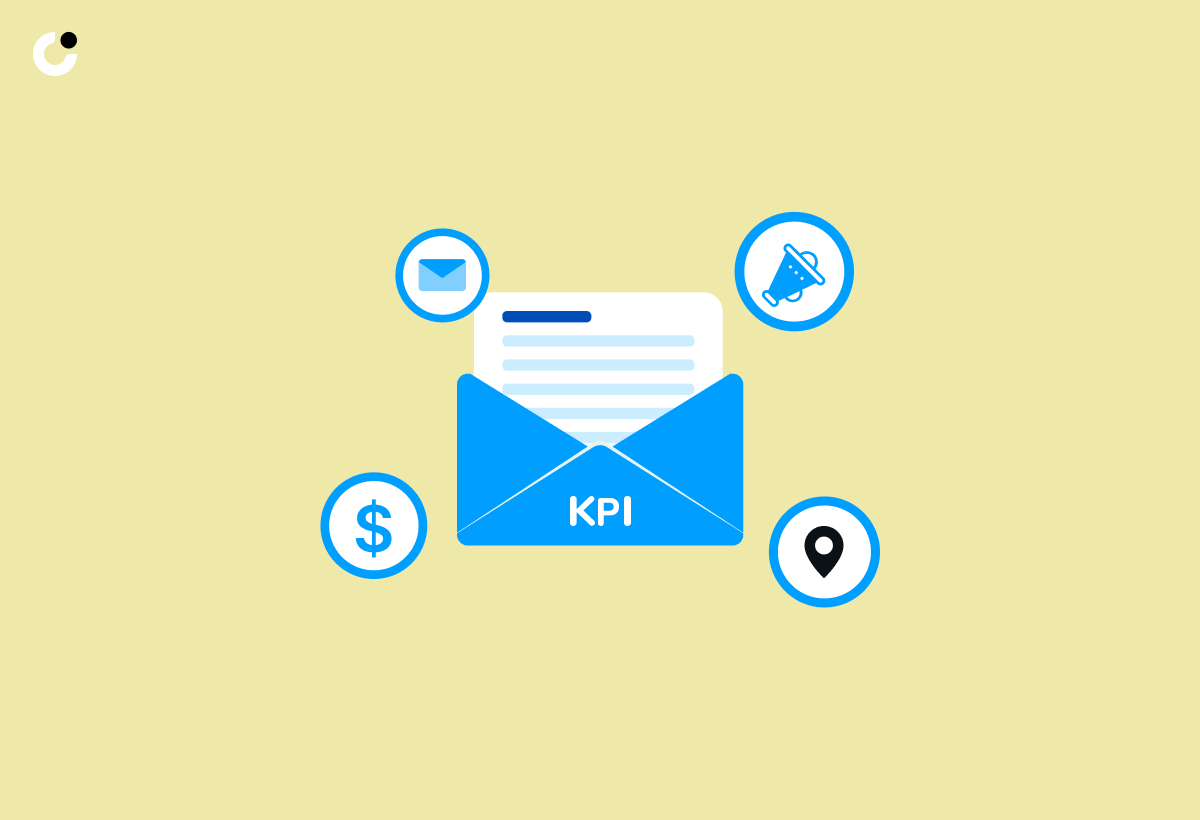
Examining and monitoring cold email KPIs is key to refining your campaigns and ensuring success. Various tools and resources can help you monitor these metrics, including email marketing platforms, CRM systems, and third-party analytics tools. By leveraging these tools, you can gain deeper insights into your campaign performance and make data-driven decisions to optimize your efforts.
Email Marketing Platforms

Email marketing platforms like Woodpecker, HubSpot, Mailchimp, Brevo, and GMass offer built-in analytics and tracking features for cold email campaigns. These platforms provide a range of analytic features for cold emails, such as:
- Personalized email sending
- Automated follow-ups
- Tracking and analytics
- AI-based personalization
- Warmup and deliverability features
- Shared dashboard for team campaigns
- Inbox rotation
And more.
When choosing an email marketing platform, comparing pricing and features is vital to find the most suitable option for your needs. Some platforms offer free trials or have additional pricing tiers based on the number of contacts or advanced features. By choosing an email marketing platform with robust analytics and tracking capabilities, you can optimize your cold email campaigns for success.
CRM Systems
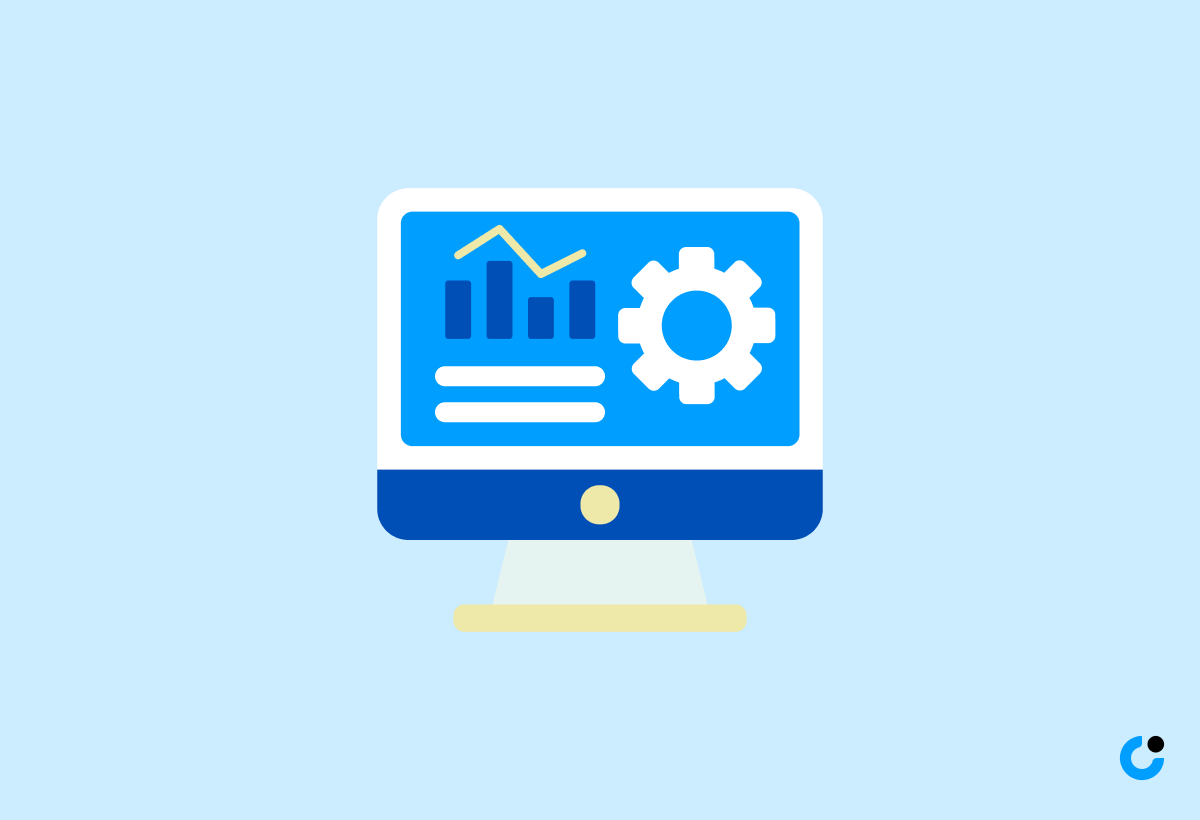
CRM systems like Salesforce, HubSpot, and Zoho can help you:
- Manage and analyze cold email KPIs
- Track leads and conversions
- Provide a centralized database of customer information
- Monitor customer interactions
- Assess the efficacy of your cold email campaigns
- Optimize your efforts for improved outcomes.
Merging CRM systems with email marketing platforms can yield even more profound insights and enhanced tracking capabilities. Popular email marketing platforms that offer third-party integrations include:
These integrations enable tracking and analysis of email campaigns through CRM systems, helping you optimize your cold email campaigns for success.
Third-Party Analytics Tools

Third-party analytics tools like Google Analytics, Mixpanel, and Kissmetrics can provide deeper insights into cold email campaign performance and help you optimize for success. These tools offer detailed analytics, AI-powered insights, and a dashboard view of data, allowing you to track and analyze key metrics for measuring the performance of your cold email campaigns.
Integration of third-party analytics tools with your email marketing platforms and CRM systems can provide you with a holistic view of your campaign performance. Consequently, you can make informed decisions to hone your email marketing strategies and boost your ROI.
Summary
In conclusion, understanding and monitoring cold email KPIs is crucial for maximizing the success of your campaigns. By implementing effective strategies such as personalization, A/B testing, maintaining a clean email list, and following up with leads, you can optimize your campaigns and achieve a higher ROI. Additionally, leveraging email marketing platforms, CRM systems, and third-party analytics tools can provide valuable insights and help you make data-driven decisions to enhance your cold email efforts. With the right approach and tools, you can unlock the full potential of cold email campaigns and drive impressive results for your business.
Frequently Asked Questions
What is a good CTR for cold email?
A good CTR for cold email outreach is considered to be 5% or higher, although the average CTR is 3.67%. The best campaigns have a response rate of 20% or more, and approximately 50% of campaigns have a reply rate of under 10%.
What are some KPIs for email marketing?
Measuring the success of your email campaigns is essential to ensure maximum ROI. There are 10 essential metrics and KPIs for email marketing, such as delivery rate, click-through rate, bounce rate, unsubscribe rate, complaint rate, web traffic and conversions. By tracking these key performance indicators, you'll get a better idea of how effective your emails are.
What is the KPI for email response?
The KPI for email response can be calculated by dividing the number of unique email responses received in a campaign by the total delivered emails, and then multiplying it by 100 to get a percentage indicator. This can then be used to gauge the success of your future campaigns.
What is the ideal frequency for follow-up emails in a cold email campaign?
For cold email campaigns, it is suggested to send follow-up emails shortly after the initial email and then space them out at regular intervals, such as every few days or once a week.
How can I improve the open rate of my cold email campaigns?
To improve open rates, experiment with subject lines, personalize emails, and focus on target audiences.

